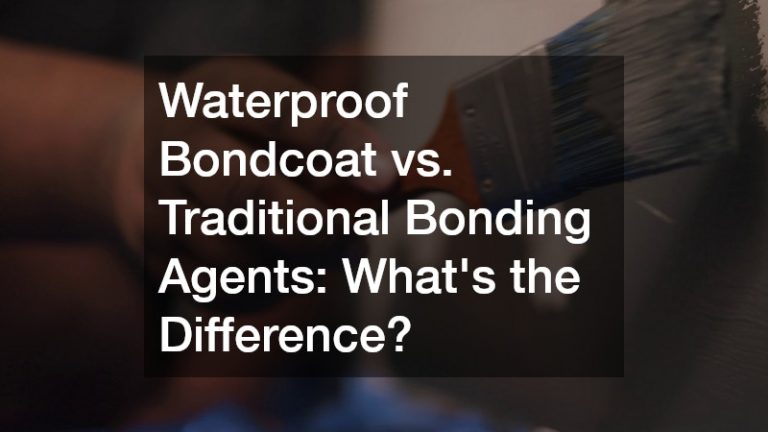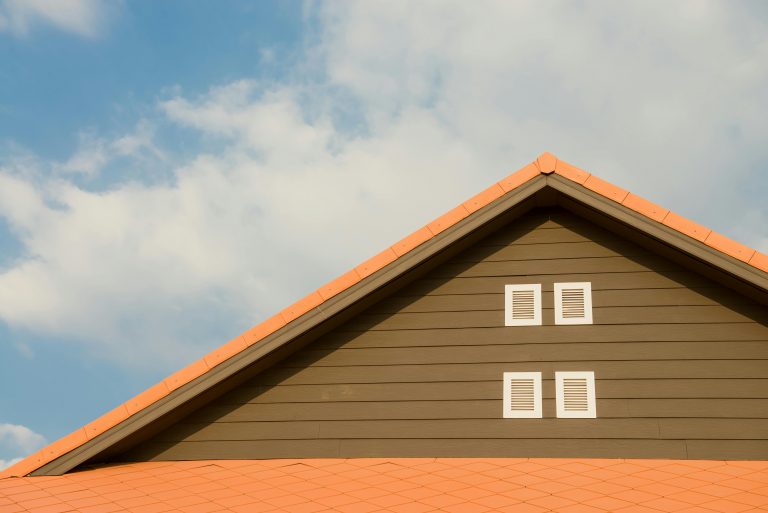

According to the U.S. Fire Administration, the rate of people dying from fires decreased by 21% from 2001 to 2010. The reason that there aren’t as many fire deaths as there used to be is for the simple fact that fire protection systems have become more developed and been implemented more frequently over time.
Not only have more innovative fire protection products become more widely implemented, like sprinkler systems, but an entirely new kind of fire suppression system has been developed as well — passive fire protection — which is a type of fire suppression equipment that limits and restricts the area that a fire spreads to.
Unlike active fire protection equipment, passive fire protection isn’t designed to put out a fire. Rather, it’s meant to slow down the rate at which a structure burns, giving a structure’s occupants more time to flee while also reducing the amount of property that the fire destroys.
The most common way passive fire protection systems are implemented into structures is through the choice of fire-resistant building materials.
Drywall containing gypsum is a common passive fire protection material. Gypsum is a plaster, which means that it has a high water content, so when it’s exposed to extreme heat, it releases water vapor that effectively slows down the rate at which the drywall burns.
Concrete is another common type of passive fire protection building material, because it simply will not burn down. Steel, on the other hand, will lose its structural integrity after it’s been exposed to higher temperatures, which means it will collapse in a fire. Concrete retains its integrity when exposed to extremely high temperatures.
Indeed, passive fire protection is the unsung hero of the fire fighting world. It goes unseen, buying time for people to flee to safety, and has helped bring the number of fire deaths down in the past decade.
If you have any questions about passive fire protection, feel free to ask in the comments. Helpful research also found here.






